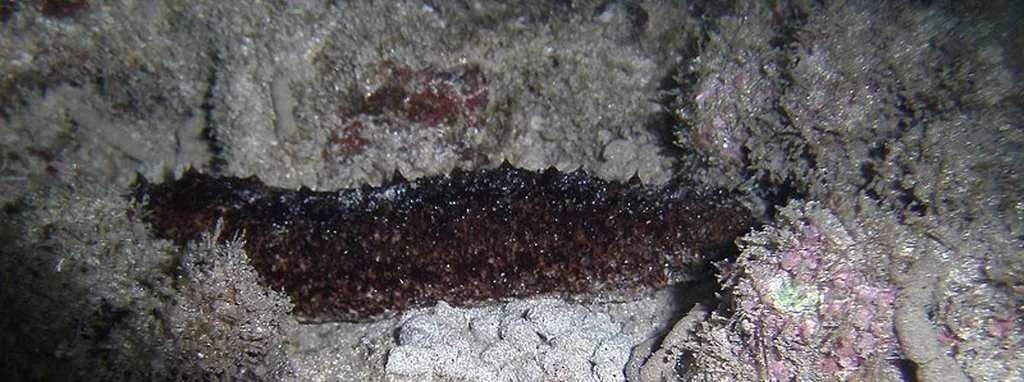In the dynamic world of aquaculture, researchers are continually seeking optimal conditions to enhance the growth and survival of economically valuable marine species. A recent study published in the *Journal of the World Aquaculture Society* (translated from Chinese as 《世界水产》) sheds light on the effects of different pond culture conditions on the growth performance, survival rate, and biochemical composition of two high-value mariculture species: Acanthopagrus schlegeli (black seabream) and Apostichopus japonicus (Japanese sea cucumber).
Led by Yuting Lei from the College of Fisheries and Life Science at Shanghai Ocean University, the study explores how various culture patterns and conditions influence the feeding, growth, metabolism, behavior, physiology, biochemistry, and immune responses of these aquatic animals. The findings provide valuable insights for aquaculture producers aiming to maximize yields and profitability.
The research team investigated the impacts of monoculture and integrated culture patterns, as well as different culture densities, water depths, and background colors on the growth performance and survival rates of A. schlegeli and A. japonicus. The results revealed that under the integrated culture pattern (AB), the overall growth of both species was better than in monoculture patterns (A for A. schlegeli and B for A. japonicus), although the differences in final body weight, specific daily growth rate, secondary production, and survival rate were not statistically significant.
“Our study indicates that integrated culture can enhance the overall growth performance of both species,” said Lei. “This suggests that polyculture systems could be a viable strategy for aquaculture producers looking to optimize their operations.”
The study also found that the proximate composition of both species did not significantly differ among different culture patterns. However, the superoxide dismutase (SOD) activity of A. japonicus in the integrated culture pattern was significantly higher than in monoculture, indicating better health and stress resistance.
Based on statistical analysis and practical production considerations, the researchers identified the optimal conditions for integrated culture: a density of 36 individuals per cubic meter for A. schlegeli and 5 individuals per cage for A. japonicus, a water depth of 2 meters, and a white background color.
These findings have significant commercial implications for the aquaculture industry. By adopting integrated culture systems and optimizing pond conditions, producers can potentially increase yields and improve the health and resilience of their stocks. This could lead to more sustainable and profitable aquaculture practices, benefiting both producers and consumers.
As the global demand for seafood continues to rise, research like this plays a crucial role in shaping the future of aquaculture. By understanding and optimizing the conditions under which these valuable species thrive, the industry can work towards meeting this demand in a sustainable and efficient manner.
“This research provides a solid foundation for the development of integrated aquaculture systems,” said Lei. “We hope that our findings will be applied in practical production to enhance the sustainability and profitability of the aquaculture industry.”
With the insights gained from this study, the aquaculture industry can look forward to more innovative and effective strategies for cultivating high-value marine species, ultimately contributing to a more robust and resilient food system.

